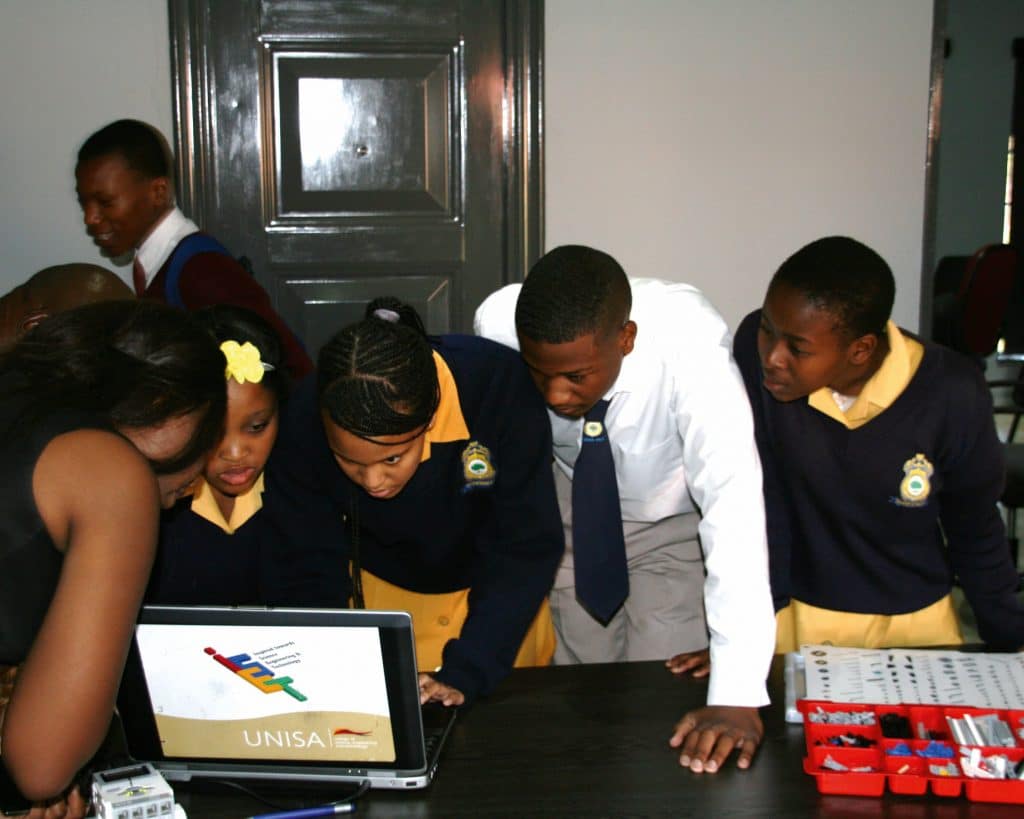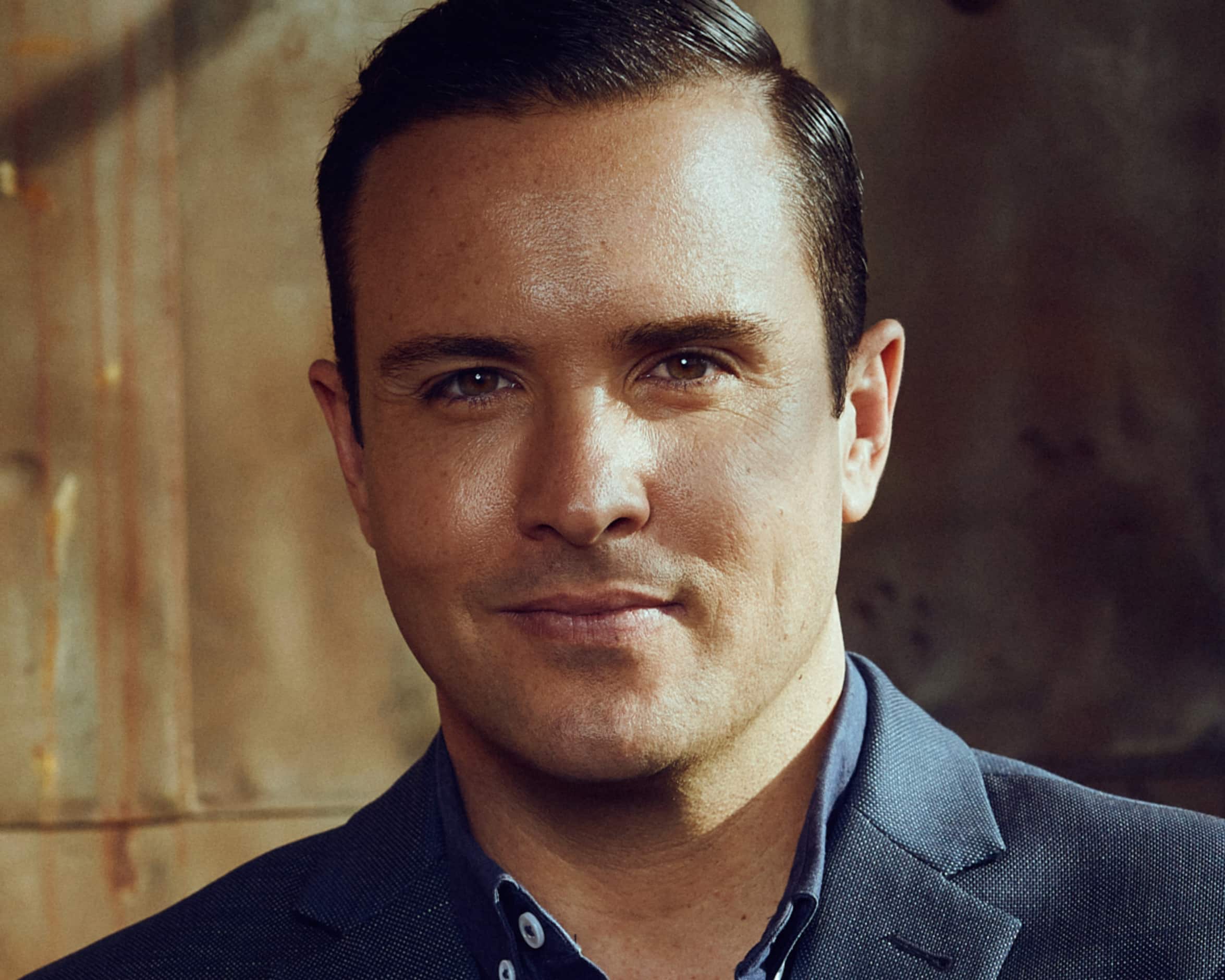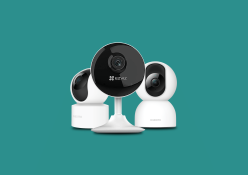Dr Corrin Varady wants to use technology to bridge the learning gap and turn access into outcomes
Dr Corrin Varady wants to transform hard- and software into learning resources. He also wants to use these digital tools to help teachers do their jobs. His start-up, IDEA Digital Education, is creating educational content that could transform how teachers educate and how learners grasp understanding. We chatted to Dr Varady to find how the right educational material can improve learning and how digital tools can help make this happen.

What does IDEA digital Education do?
We drive educational content to schools or to the department of education. We don’t replace anything or anybody. We create interactive educational material for students and teachers. A lot of our competitors just pull together free content from different places, but this doesn’t drive proper outcomes. It may improve access to educational material but it doesn’t drive students to do better. With IDEA, students and teachers can access material either online or on a local server. We can track patterns of learning and monitor how each individual student is doing. A student at home could use our product as a teaching tool. Even better would be for a teacher in a computer lab to use our content to better develop their lessons. For us it’s not just about putting a device such as a tablet or PC in frontof a child; but about taking that access to technology into positive outcomes.
How are you funded?
Some of our projects are government- endorsed, so one province might choose us as their content and training solution. But funding is generally collected up in different ways. Some of it may be through corporate programmes, or perhaps funded by education NGOs.
We even get funding from international government organisations.
You seem to have studied a lot yourself?
Education is something that you can give to someone but you can never take it back. I think of digital education as a way to make things more democratic; to deliver quality education to students who don’t have access to it today. If I look at my own life, I probably couldn’t have had a better education. I had fantastic teachers who were content masters and I had access to the best universities. But my experience isn’t scalable in more remote and more rural areas. Technology provides a low-cost alternative that allows us to provide better education to more people across the world.
Why the focus on science, technology, engineering and maths (STEM)?
While working in East Africa, I noticed that a lot of girls between grades seven and nine were dropping out of school. Aside from the obvious social pressures, we also found that their self-confidence was dropping because they couldn’t grasp many of the STEM concepts and ideas. We believe that helping students to understand the principles and fundamentals of subjects such as science and maths will have a
knock-on effect in other areas.
Why do you use so much animation and so many simple games in your material?
There is a lot of video-based learning out there. Video has been a leader in the edtech space, but this content often follows the same format as a conventional classroom, which is a teacher talking and children taking notes. Chalk and talk. We didn’t find positive outcomes with this approach because it is too passive for students. We have created learning models that match the best digital assets with each different lesson that is being taught, from animations and virtual labs to interactive content and Q&As.
How does technology improve education?
By using technology, we can provide content and feedback to students. Technology can provide students who come from lower-performing backgrounds with a more personalised and individualised learning experience, and give them feedback on where they may be falling short. Feedback is a big thing. Often there are so many students in a class and the teacher just doesn’t have the time or the capacity to give each the attention and feedback they need.
Words by Joanne Carew







